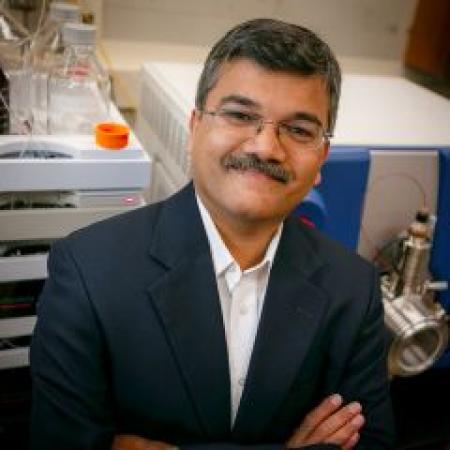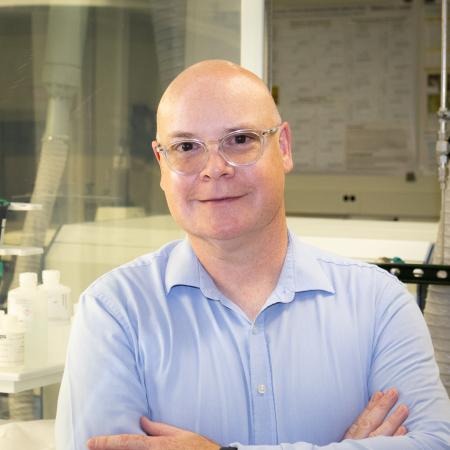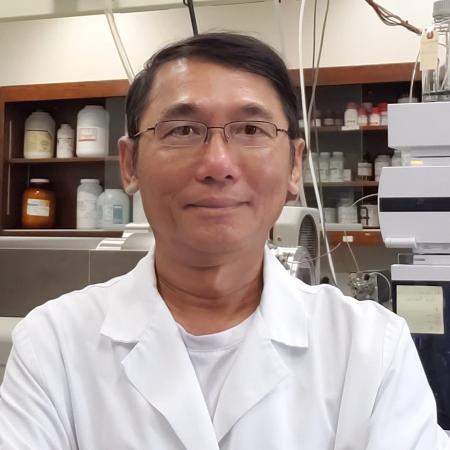
George L. Donati, PhD
Deputy Director - Laboratory of Inorganic and Nuclear Chemistry
We develop new approaches to calibration and use advanced statistical tools to minimize matrix effects and improve the accuracy and sample throughput of spectrochemical methods such as MIP-OES, ICP-OES, and ICP-MS to determine trace elements in a wide variety of samples of public health interest.

Bryan C. Duffy, PhD
Supervisor, Emerging Contaminants in Drinking Water Program / Liquid Chromatography
We focus on the targeted, ultra-trace measurement of emerging organic contaminants in New York State’s drinking water supplies through both regulated and research-based mass spectrometry methods.

Sherry A. Faye, PhD
Director, Nuclear Chemistry Laboratory
We focus on method development of radiochemical analyses for use in routine and emergency response scenarios.

Theresa K. Hattenrath, PhD
Chief, Laboratory of Environmental Biology
We use a variety of techniques to develop and validate rapid methods for the detection of waterborne pathogens, or their indicators, prior to the outbreak of disease.

Kurunthachalam Kannan, PhD
Deputy Director of the Division of Environmental Health Sciences
Biomonitoring of human exposure to environmental chemicals; biomarkers of health effects; sources and pathways of human exposure; environmental distribution, food chain transfer and fate of organic pollutants; consumer product analysis; overdose and wastewater surveillance

Christopher D. Palmer, PhD
Deputy Director, Clinical Trace Elements Laboratory
We develop and maintain robust ICP-MS methodologies to support both human biomonitoring studies and emergency preparedness.

Patrick J. Parsons, PhD
Director, Division of Environmental Health Sciences
We study human exposure to toxic metals/metalloids (biomonitoring) and long-lived nuclides (radiobioassay); and develop novel speciation methods by coupling LC and GC to ICP-MS, while using portable XRF for field-based studies.

Buu N. Tran, PhD
Organic and Analytical Chemistry Laboratory
We develop analytical methods to identify unknown chemicals in foods and environmental samples including toxic compounds and chemical terrorism agents, thus providing national surveillance of the food supply.